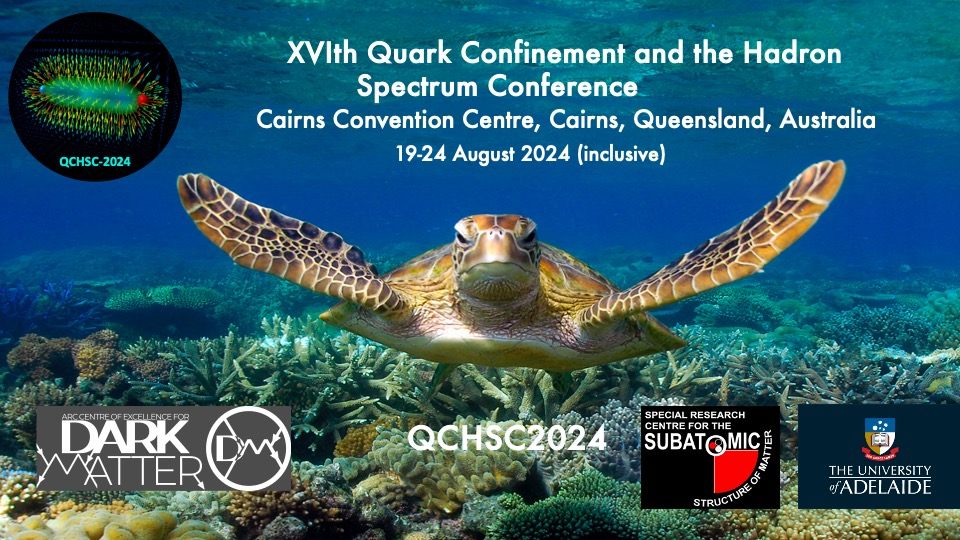Speaker
Description
Recently, exotic hadrons have attracted much attention. Most exotic hadrons appear near the threshold; $X(3872)$ near the $D\bar{D}^{*}$ threshold, $T_{cc}$ near the $DD^{*}$, $P_{c}$ near the $\Sigma_c \bar{D}^{(*)}$. It is important to study the hadron scattering near threshold in order to clarify the nature of exotic hadrons. Based on this observation, we discuss the general behavior of the near-threshold scattering amplitude with channel couplings.
Currently, the Flatte amplitude is often used to analyze the experimental data. However, it is known that some condition is imposed on the Flatte amplitude near the threshold [1]. In this study, we first compare the Flatte amplitude with the Contact amplitude [2] derived from the effective field theory with contact interaction, and clarify the constraint imposed on the Flatte amplitude. Furthermore, we show that the Contact amplitude cannot reduce to the Flatte amplitude directly.
To solve the above problems, we propose the General amplitude [3] that can reduce to both the Contact amplitude and the Flatte amplitude. By using the General amplitude, we find that the cross section may show the dip structures that cannot be reproduced by Flatte amplitude.
[1] V. Baru et al., Eur. Phys. J. A 23, 523 (2005)
[2] T.D. Cohen, B.A. Gelman, U. van Kolck, Phys. Lett. B 588, 57 (2004)
[3] K.Sone and T.Hyodo, EPJ Web Conf. 291, 05004 (2024)
